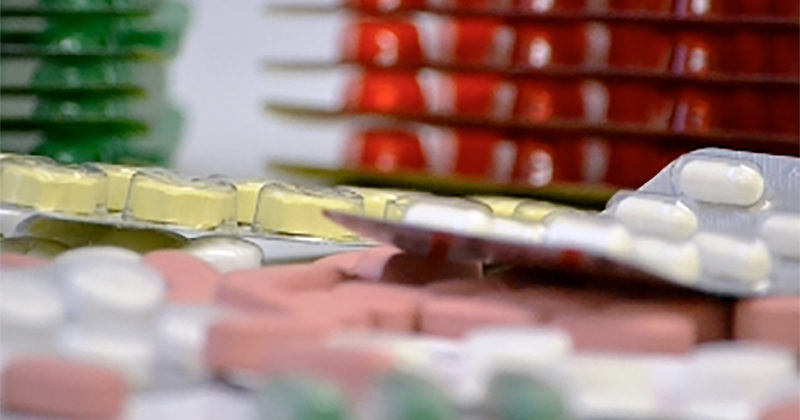Today is World Hepatitis Day, an important occasion to raise awareness about viral hepatitis, which kills close to 1.4 million every year. This year, World Hepatitis Day is particularly important for UNITAID.
UNITAID has already committed almost $2 billion to fighting HIV/AIDS, malaria and tuberculosis, but in May 2014 it made its first investments in addressing the Hepatitis C virus (HCV). These interventions will result in significant price reductions for drugs and increase access to desperately needed diagnostics (see below) for millions of people.
What is Hepatitis C and why is UNITAID investing?
An estimated 150-180 million people worldwide are infected with HCV and up to 500,000 die every year. HCV is bloodborne virus that begins in an acute phase and leads to a chronic infection in the great majority of cases. For those with chronic infections, HCV evolves slowly, attacking the liver and often resulting in liver cirrhosis or liver cancer.
Those co-infected with HIV and HCV are particularly vulnerable. HIV speeds the progression of HCV and people with both infections are much more likely to develop life-threatening diseases. Approximately 16% of the HIV-infected population is co-infected with HCV. To tackle this global challenge of co-infection, UNITAID’s new Strategy 2013-2016 specifically identified HCV and other HIV co-infections as a target for market-shaping interventions.
Why is a market shaping approach needed?
Until recently, the only HCV cure involved a combination of injections and oral tablets; the treatment lasted nearly a year. In addition to having limited efficacy, this regimen caused serious side effects that deterred patients from finishing the full course of treatment. New HCV medicines are available or poised to enter the market: they work more quickly and effectively than current regimens. Approximately 10 of these drugs have reached an advanced stage in clinical trials.
In December 2013, the US Food and Drug Administration (FDA) approved the first pill that may not require weekly interferon injections. At the end of 2013, this medicine cost $84,000 for a 12-week course. While pharmaceutical companies are likely to offer the world’s poorest countries a discounted price, they will not do the same for the middle-income countries where an estimated 75% of those infected with HCV live.
What is UNITAID doing?
In early May, UNITAID agreed to fund two revolutionary grants, which constitute the first major global action toward making these new HCV treatments available in low- and middle-income countries. These investments should lead to substantially larger HCV cure rates for people living with HIV. Importantly, these grants will also provide the evidence needed to define the best treatment package for HCV.
Up to $15 million to Médecins Sans Frontières (MSF) has been committed to reduce barriers in product markets to enable improved treatment of HCV in low- and middle-income countries. Patients will be screened, diagnosed and treated in India, Iran, Kenya, Mozambique, Myanmar, and Ukraine to catalyse demand for newly-available medicines. MSF anticipates that this will help to reduce the price to $500-1000 per treatment course by the end of the intervention through negotiations and entry of new generic manufacturers. This grant will also provide a model of simple and low-cost HCV care for people living in low-resource settings.
Another grant of up to $5.2 million was committed to French NGO Coalition Internationale Sida to work with partners in Brazil, China, Ecuador, Egypt, Georgia, Indonesia, Malaysia, Morocco, South Africa, Thailand and Ukraine to advance access to new treatments for HCV for HIV co-infected patients.
UNITAID is committed to continue additional investments in market-shaping interventions for HCV.
What remains to be done for low-income populations affected by HCV?
The vast majority of people infected with HCV are unaware of their status because the initial stages of infection have no symptoms. Moreover, testing and monitoring for HCV is currently complicated and expensive, involving a set of initial and confirmatory tests that are difficult to perform in resource-limited settings. Patients then need to be monitored during and after their treatment using RNA tests.
Similar challenges exist with HIV viral load testing, the WHO-recommended approach to monitor treatment efficacy for those on HIV antiretrovirals. As with HIV viral load testing, new point-of-care diagnostic tests for HCV are emerging that could increase access in low-income communities. As HCV treatment becomes more effective and hopefully more affordable, testing and monitoring must follow with simpler device
View All News
